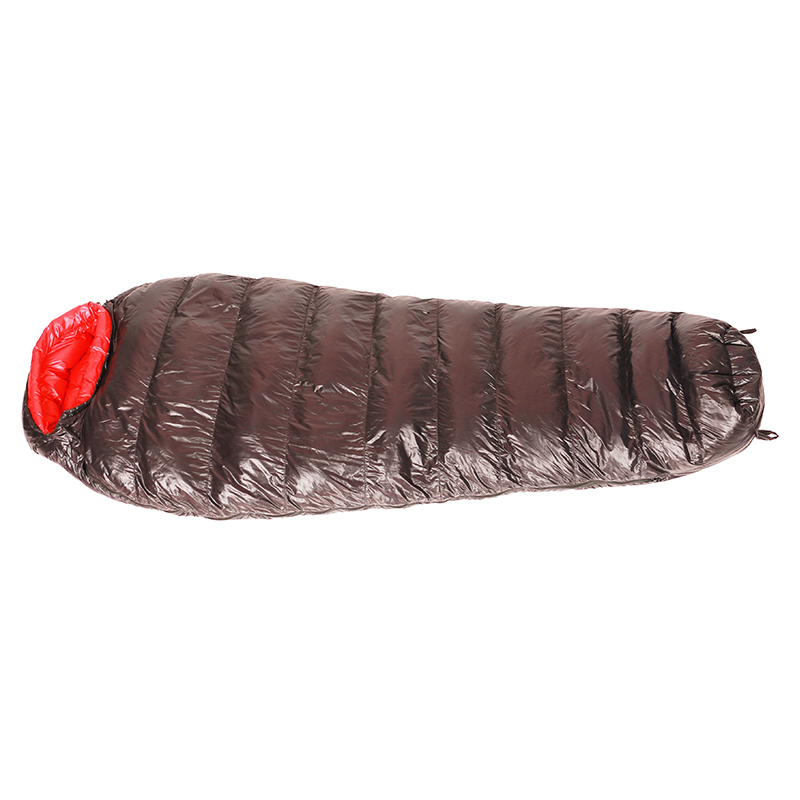
Dec . 09, 2024 17:50 Back to list
China BTO-22/10 Razor Barb Wire Manufacturing Facility Overview and Specifications
The Rise of China's Razor Barb Wire Manufacturing Industry
In recent years, China has emerged as a key player in the global manufacturing landscape, with a particular focus on sectors that demand innovative and high-quality solutions. Among these sectors is the razor barb wire industry, which has gained significant traction both domestically and internationally. The production of razor barb wire is not only essential for security applications but also plays a crucial role in various agricultural settings. This article explores the evolution, production methodologies, and market dynamics of China's razor barb wire factories.
The Evolution of Razor Barb Wire
Razor barb wire, characterized by its sharp blades that deter intruders while providing an additional layer of security, has become a staple in protecting properties, preventing trespassing, and safeguarding agricultural assets. Historically, barbed wire played a crucial role in fencing agricultural land and protecting livestock. The introduction of razor barbs has revolutionized this industry, as they offer enhanced deterrence compared to traditional barbed wire.
China's entry into the razor barb wire market dates back to the late 20th century, gaining momentum with rapid industrialization and advances in manufacturing technology. This evolution was spurred by increased demand for effective fencing solutions in various sectors, including residential, commercial, and agricultural.
Manufacturing Processes
Chinese factories specializing in razor barb wire employ a variety of manufacturing techniques that ensure high-quality products. The process typically begins with selecting raw materials such as high-tensile steel wire, known for its strength and durability. After procuring the steel, it undergoes a series of processes, including wire drawing, galvanizing, and blade attachment.
1. Wire Drawing This process involves reducing the diameter of the steel wire to achieve the desired thickness. The tensile strength of the wire is critical, as it determines the overall durability of the final product.
2. Galvanizing To ensure corrosion resistance and longevity, the drawn wire is often coated with zinc. This galvanizing process can be done through hot-dip or electro-galvanizing methods, with hot-dip galvanizing being the preferred choice for outdoor applications where exposure to the elements is a concern.
china bto-22/10 razor barb wire factory

3. Blade Attachment Once the wire is prepped and coated, the razor blades are attached at regular intervals. This step is crucial as it defines the effectiveness of the razor barb wire in deterring intruders. The blades are typically made from the same high-tensile steel and are designed to be sharp and pointed.
Market Dynamics
The market for razor barb wire in China is robust, driven by both domestic and international demand. The need for enhanced security measures has proliferated in urban areas, commercial establishments, and agricultural sectors. Furthermore, the government's investments in infrastructure and national defense have bolstered the demand for razor barb wire products.
Moreover, China's competitive pricing combined with its ability to mass-produce high-quality materials makes it an attractive option for global buyers. Exporting razor barb wire to countries in Asia, Africa, and beyond has become a lucrative business for many Chinese manufacturers, contributing significantly to the country’s economy.
Challenges and Future Outlook
Despite the growth prospects, the razor barb wire industry in China faces challenges, including environmental regulations and the need for sustainable practices. As the industry grows, factories are increasingly focusing on minimizing waste and adopting eco-friendly manufacturing processes.
Looking ahead, the razor barb wire market is expected to expand further, driven by innovations in material science and production techniques. As security concerns continue to rise globally, the demand for effective fencing solutions will likely surge, presenting new opportunities for Chinese manufacturers.
Conclusion
China's razor barb wire manufacturing industry has come a long way, evolving from traditional fencing solutions to advanced security systems that meet the modern demands of various sectors. With a combination of innovation, competitive pricing, and a focus on quality, Chinese factories are poised to remain at the forefront of this market. As the industry progresses, it will be crucial for manufacturers to navigate challenges while embracing sustainability, ensuring that they can meet the needs of a dynamic global marketplace.
-
Waterproof Camping Picnic Mat: Large, Lightweight Outdoor Mat
NewsAug.11,2025
-
Waterproof Folding Picnic Rug - XL, Portable Park & Beach Mat
NewsAug.10,2025
-
Baggu Picnic Blanket: Large, Waterproof Outdoor Mat for Picnics
NewsAug.09,2025
-
Baggu Picnic Blanket: Compact, Waterproof & Stylish
NewsAug.08,2025
-
Foldable Picnic Rugs: Portable, Waterproof, Stylish Designs
NewsAug.07,2025
-
Waterproof & Large Camping Picnic Mat for Outdoors
NewsAug.06,2025
